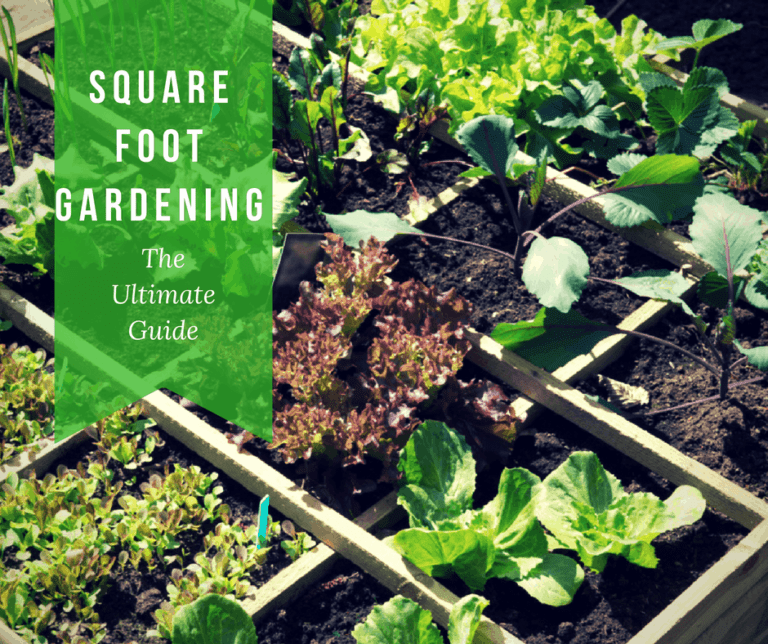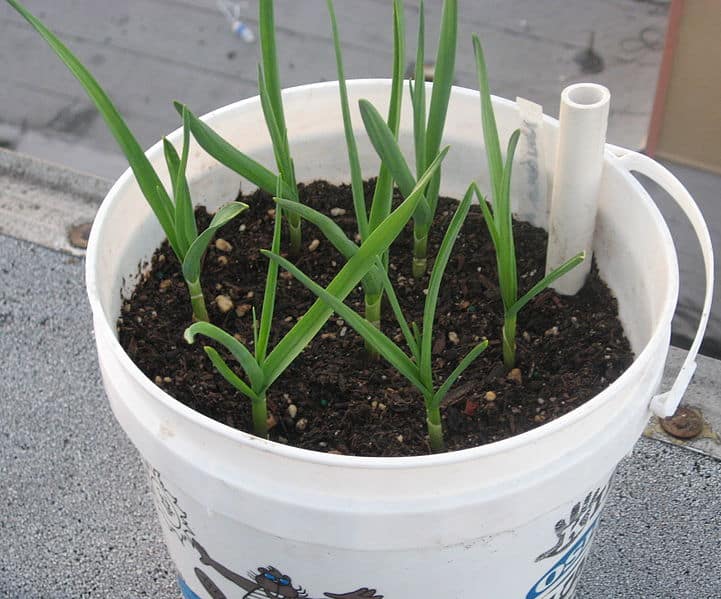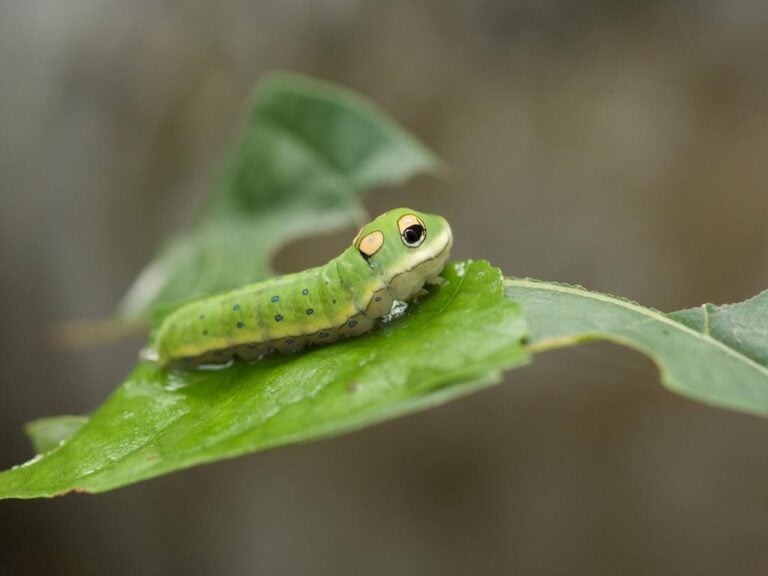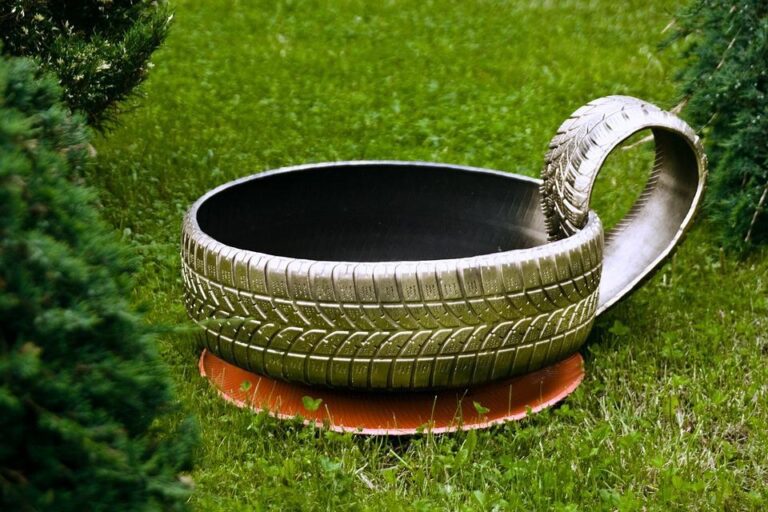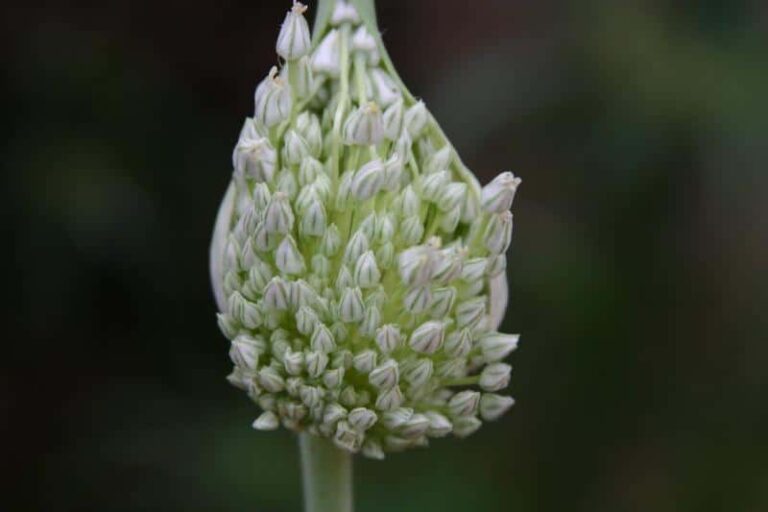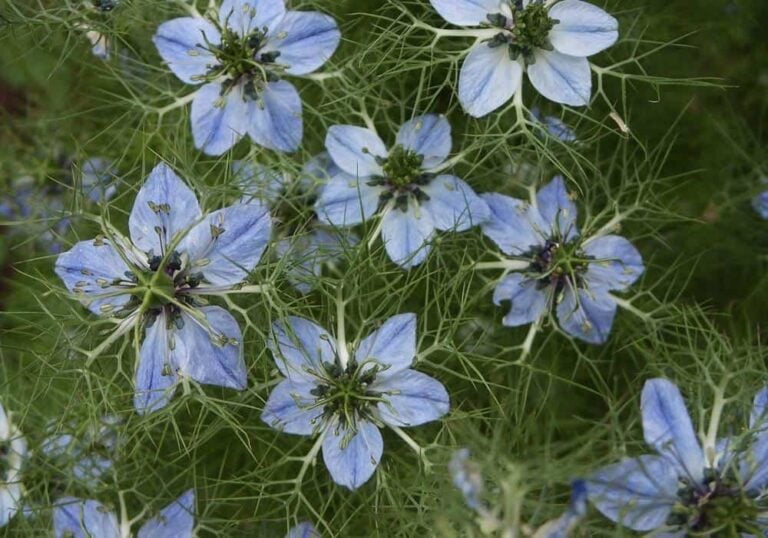Growing Mustard the Right Way
You can grow mustard from seeds or transplants, but starting from seeds is often the easiest option and gives you the most plants. Mustard isn’t a picky plant and can be planted early in the spring, a few weeks before the last frost in your area. To keep your mustard happy and healthy, keep the soil moist as it grows and add a bit of fertilizer once or twice during the season. You can grow mustard for its leaves and seeds.
Planting Mustard
You can plant mustard from seeds or from transplants. Since the seeds germinate quickly and allow you to grow a lot of mustard in a short amount of time, many gardeners start their plants from seed.
Mustard is a cool weather crop, so you can plant it pretty early in the spring, around four weeks before the last frost date in your region. According to Texas A&M University, the seeds will germinate in soil temperatures as low as 40 degrees Fahrenheit.
To plant mustard seeds, place each seed in the soil about a 1/4 inch deep. If you are planting in heavy or clay-like soil, it helps to mix compost into the soil before planting. The compost helps the soil drain better and provides the mustard with needed nutrients.
Water the seeds well after planting so that they are moist. You want to keep the seeds well-watered to help speed up germination. Usually, mustard seeds germinate within a week, according to Cornell University.
https://youtu.be/G7Tak7OVFiU
The video above from Kaye Kittrell and Expert Village shows you how to plant mustard seeds in either a planter or garden bed. The video is particularly helpful because it shows you how deep to plant the seeds and how far apart to space them.
Along with planting mustard in the spring, you can also plant it in the fall for a later harvest. If you plant in the fall, get the seeds in the ground about four weeks before the first frost date in your area.
Planting Seedlings
If you’d like to get a bit of a head start when growing mustard, plant transplants or seedlings in your garden instead of planting from seed. According to Bonnie Plants, seedlings are sold in groups.
You’ll want to divide your mustard seedlings into smaller clumps, containing a plant or two. Dig a hole in the soil that’s slightly larger than the root ball of the seedlings, then place the mustard’s roots into the hole. Don’t plant the mustard lower than the soil line.
Each seedling clump should be spaced about 12 inches apart, to give the plants enough room to grow.
Mustard’s Needs
Mustard is generally an easygoing plant. It will grow and thrive in either full sun or part shade. A soil pH that’s above 6.0 is ideal, but the plant will still grow in more acidic conditions.
The one thing mustard really needs is plenty of water. If you keep the soil consistently and evenly moist, the plants will produce leaves quickly and regularly. The less moisture a mustard plant receives, the hotter and more pepper-like its leaves will taste. A lack of moisture also influences the quality of the plant and can cause it to go to seed too quickly.
Along with mixing compost into the soil before you plant seeds or transplants, you can add a handful or two of compost throughout the growing season to increase nutrients.
Mustard Problems
Mustard plants have their own built-in defense system. The sharp taste of their seeds and the hot, peppery flavor of their leaves deters many pests.
But some pests like mustard and will eat through your crop if you’re not careful. Cabbage worms enjoy the taste of the plant and can be a problem in your garden. One way to keep the worms off of your plants is to cover the seedlings with a row cover.
If your plants are infested with cabbage worms, you can either pick the worms off by hand or spray the plants with a pesticide that contains Bacillus thuringiensis, or Bt. Bt is a bacteria that is harmful to worms and other pests but safe for humans.
Harvesting Mustard
You almost get two plants in one when you grow mustard in the garden. You can harvest the plant’s leaves throughout the season, from the time they are very small through maturity. After the plants bolts, or produce a flowers, you wait for them to go to seed, then harvest the seeds for planting another crop or for using in your cooking.
If you are going to mainly use mustard for its leaves, it is a good idea to plant several plants throughout the season. Harvest to Table recommends sowing a new batch of seeds every four weeks or so, so that you have fresh, tender baby mustard greens all spring.
To harvest the seeds from the mustard plant, wait until the plant’s leaves have started to turn yellow. You don’t want to eat the leaves once the plant has bolted, as the leaves usually become very bitter and tough at the point.
Once the leaves have yellowed, the flower pods will dry out and turn brown. Cut the pods off of the plant and put them in a paper bag. Let them sit in the bag for about a week, to continue drying out. After a week, you can give the bag a gentle shake separate the seeds from their pods.
Growing Mustard in Containers
You can easily grow mustard in a container. Choose a container that’s at least six inches deep and that has drainage holes. Fill it with container mix, then scatter a handful of seeds over the surface. Cover the seeds with a light layer of compost or container soil and water well.
Thin the seedlings so that you have one plant per six inch wide container. You can eat the seedlings you thin, either in a salad or a garnish.
Put the container in a sunny area and cut the leaves as you need for salads or sauteing.
Photo by heidimaria licensed under CC0.
Also Read: Types of Aloe Vera

